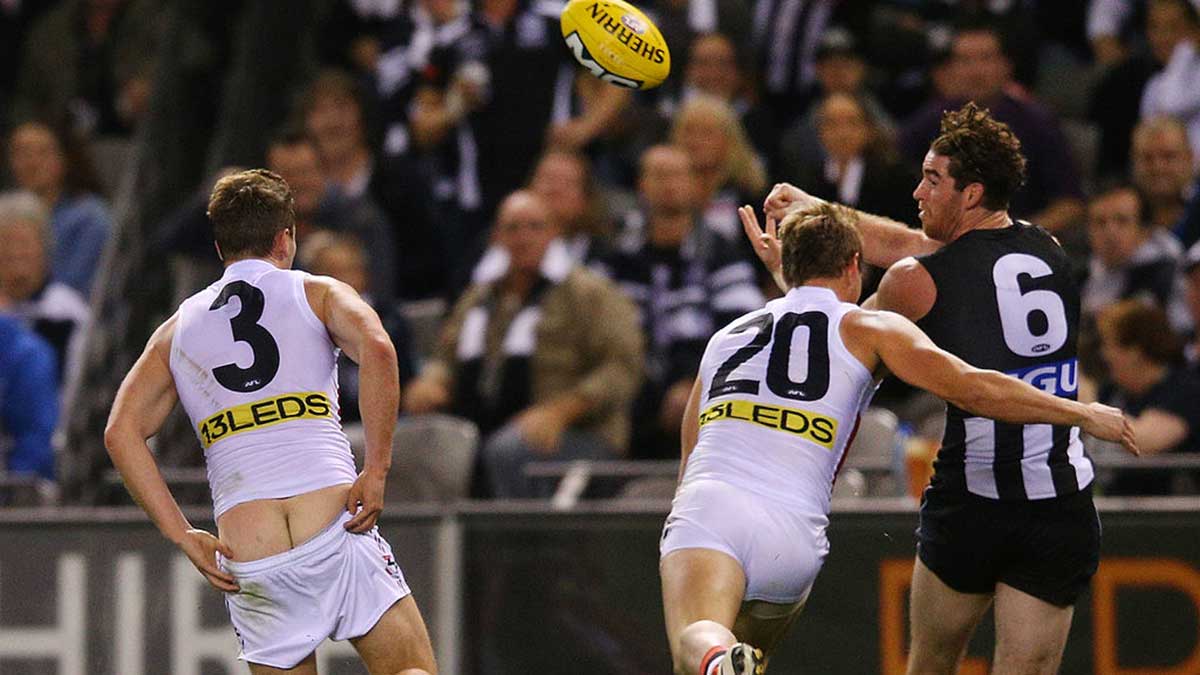Why investors should back directors with ‘skin in the game’

That's not quite the sort of 'skin in the game' we're talking about! Getty Images
When deciding whether to invest in a company there are several things investors look for, but one that should be high up on the list is whether or not directors have “skin in the game”.
A prime example of this is Andrew “Twiggy” Forrest’s investment in his iron ore start-up Fortescue Metals Group (ASX:FMG) 17 years ago.
Fortescue is now the fourth largest iron ore producer in the world and the largest iron ore tenement holder in Western Australia, beating both BHP (ASX:BHP) and Rio Tinto (ASX:RIO) in terms of size of landholding.
But back in 2003 Fortescue was just another iron ore hopeful vying for a seat at the table with the big boys. And through it all, Forrest had a fair chunk of his own cash tied up in the company, even through sub-$US40-a-tonne iron ore prices.
Forrest is still Fortescue’s largest backer with a 36.35 per cent stake.
But it is even more critical to know whether or not directors have invested their own cash in junior explorers that aren’t making any money yet.
An analysis of the 600+ ASX-listed resources companies that count directors as shareholders showed that for 241, or roughly 38 per cent, directors had a substantial shareholding (5 per cent or above).
Here is a list of directors that are the largest shareholders in the ASX-listed companies they run:
Swipe or scroll to reveal the full table. Click headings to sort.
| Director | Company | Stake |
|---|---|---|
| Tiger Brown | Astron Corporation | 0.7688 |
| Xiaojing Wang | Australia United Mining | 0.5591 |
| Ding Poj Bor | Asaplus Resources | 0.2904 |
| Raphael Geminder | Pact Group | 0.4426 |
| Ching-Tiem Huang | Soon Mining | 0.3961 |
| Bruce Gray | Tigers Realm Coal | 0.3942 |
| Greg & Douglas Solomon | Tasman Resources | 0.19 |
| Randal Lloyd Swick | Cougar Metals | 0.3837 |
| Charles Bass | Eagle Mountain Mining | 0.3524 |
| Andrew Forrest | Fortescue | 0.3625 |
| Graham Chrisp | Centrex Metals | 0.3513 |
| Lindsay Dudfield | Jindalee Resources | 0.3364 |
| David Deitz | Gullewa | 0.2154 |
| Tee Sin Lip | CI Resources | 0.2977 |
| Anthony Billis | Tribune Resources | 0.3257 |
| John Terpu | Great Southern Mining | 0.3063 |
Mineral sands producer Astron Corp (ASX:ATR) topped the list, with “insiders” — which includes directors — owning a whopping 80 per cent of the company.
While the company — which only has a market cap of $25.7m — is generating revenue, it still booked a $6.3m loss for the 2020 financial year.
The largest shareholder in Astron is Tiger Brown, who owns a 76.88 per cent stake. Brown was appointed as a director in December last year following the death of his father, Alexander Brown, who was president and managing director.
He acquired his large stake in February this year.
Bruce Gray, a non-executive director of Tigers Realm Coal (ASX:TIG), owns nearly 40 per cent of the coking coal producer.
Interestingly, Dr Gray’s background is in the medical profession. He founded cancer treatment developer Sirtex Medical (ASX:SRX) and a number of other medical start-ups. The attraction for Tigers Realm was Dr Gray’s experience in securing much-needed funding for small companies.
Although Tigers Realm booked $7.1m in revenue, a 140 per cent increase year on year, for the first half of FY20, it reported a $17m loss for the period due to lower coal prices and an increase in royalty payments.
Pre-revenue an even more critical time for director support
There are also a handful of juniors on the list that are still working their way towards production. It’s even more critical at this point that the directors have a vested interest in their company’s financial position.
John Terpu, the executive chairman of Great Southern Mining (ASX:GSN), has amassed a nearly 31 per cent interest in the WA gold explorer.
Jindalee Resources (ASX:JRL) executive director Lindsay Dudfield, meanwhile, has a 33.64 per cent stake in the diversified explorer, which has a broad portfolio of lithium, gold, base metals, magnesite, iron ore and diamond projects as well as a uranium investment.
Randal Swick, the managing director of battery metals play Cougar Metals (ASX:CGM), also has skin in the game with a 38.37 per cent interest.
Although, Cougar Metals was placed in administration at the end of June and is working on a recapitalisation deal.
One particularly active director is Neil Biddle, who has been building up his stake in gold junior Bardoc Gold (ASX:BDC).
Biddle, who is a non-executive director, recently dropped in a further $250,000 on market to up his stake in Bardoc to 2.22 per cent. The company’s directors now collectively own nearly 10 per cent.
“I wouldn’t be on a board unless I was a major shareholder because there’s too much risk for the amount of remuneration that gets paid to directors,” he told Stockhead.
“In junior companies, non-executive directors usually only get about $50,000 or $60,000 a year, if that. I just wouldn’t take risk for that kind of money unless I was a major shareholder.”
Biddle is a former director of lithium producer Pilbara Minerals (ASX:PLS).
Someone needs to be mindful of the bank balance
“I was at one time the biggest shareholder of Pilbara Minerals and I think right now I’m probably the second largest shareholder in Bardoc and that’s where I like to be,” he said.
“With junior public companies you’re running a cashflow negative business, so it’s really important that someone in the company is very concerned about the level of cash in the company.
“I’m not saying employees aren’t, because the guys that work for us certainly are, but I take a very keen interest, even though I’m not an executive director at Bardoc, in things like how much money we have in the bank and how the project’s proceeding because I have more to lose than anyone else.”
Bardoc has $35m cash in the bank, a 3-million-ounce resource and a nearly 1-million-ounce reserve.
The company is the result of two mergers. It started out as Spitfire Materials before merging with Aphrodite Gold followed by Excelsior.
Biddle says the company, which is currently trading at around 8c giving it a market cap of $138.5m, has been “way oversold”.
“The last merger we did with Excelsior, those shareholders had been in Excelsior for a long time,” he explained.
“So they originally, when we completed the merger, had 33 per cent of the company thereabouts. Today they have less than 5 per cent. They have all been selling out to the extent now where they hold very few shares.
“And all that selling has really held the price of Bardoc down. I believe we’re trading around half our real value.”
This means buying more shares on market is a “no-brainer” for Biddle.
“We just put more money in ’cause it’s cheap, it’s very cheap. It’ll pop soon it’s just a matter of time,” he said.
“All our directors are big shareholders and that’s the way we’ve always done it in the companies I’ve run and been involved with.”
Related Topics

UNLOCK INSIGHTS
Discover the untold stories of emerging ASX stocks.
Daily news and expert analysis, it's free to subscribe.
By proceeding, you confirm you understand that we handle personal information in accordance with our Privacy Policy.








